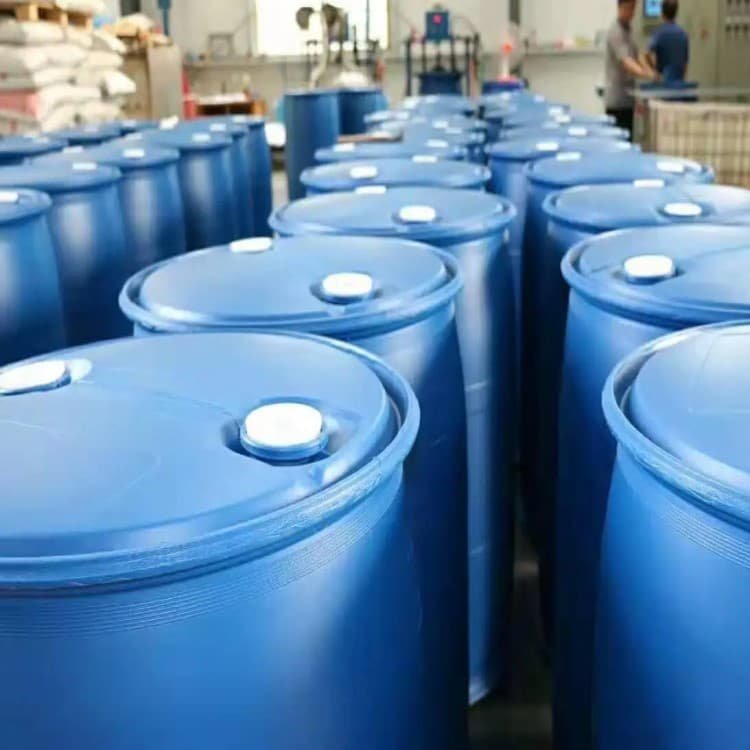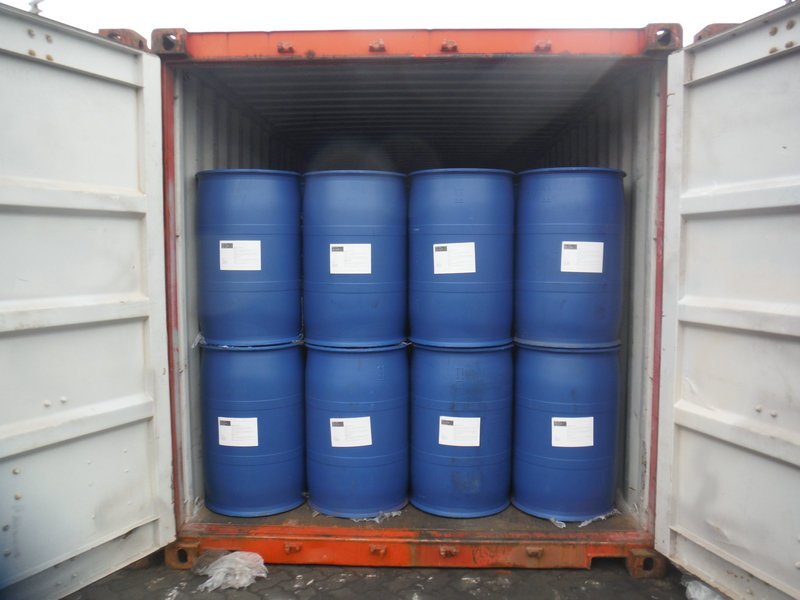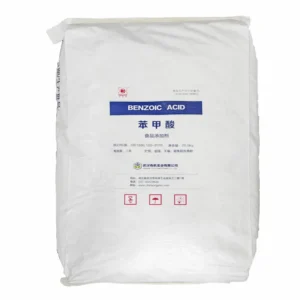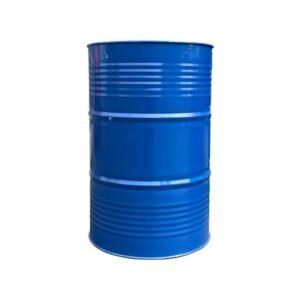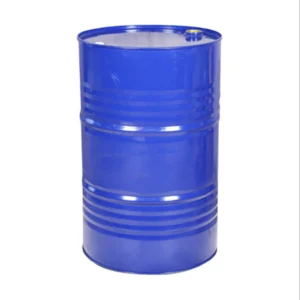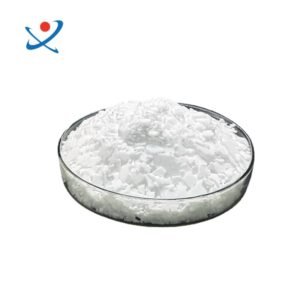Introduction to Propionic Acid:
Other Name : initial oleic acid
Chemical formula CH3CH2COOH
Molecular weight 74.078
CAS login number 79-09-4
EINECS login number 201-176-3
Melting point -21.5 ℃
Boiling point 141.1 ℃
Water solubility and water miscibility
Density 0.99 g/cm ³
Colorless oily liquid with a pungent odor
Flash point 54 (CC)
Application fields: Used as an esterification agent, solvent for nitrocellulose, plasticizer, chemical reagent, and food ingredient preparation.
Food preservatives
Propionic acid has a better antifungal and fungal effect than benzoic acid at pH below 6.0, and its price is lower than that of sorbic acid. It is one of the ideal food preservatives, and therefore has a huge potential market as a food preservative .
herbicide
In the pesticide industry, propionic acid can be used to produce propionamide, which in turn produces some herbicide varieties. According to the development plan of the pesticide industry, herbicides are a key development variety in China’s pesticide industry.
spice
In the spice industry, propionic acid can be used to produce spices such as isoamyl propionate, linalool ester, geranyl propionate, ethyl propionate, benzyl propionate, etc., which can then be used as spices in food, cosmetics, and soap.
medicine
In the pharmaceutical industry, the main derivatives of propionic acid include vitamin B6, naproxen, and Naomainin. Propionic acid has a weak inhibitory effect on fungal growth both in vivo and in vitro. It can be used for the treatment of skin fungal diseases and is often used in combination with zinc undecylenoate for external use.
Storage: Store in a cool and ventilated warehouse. Keep away from sparks and heat sources. The temperature of the warehouse shall not exceed 32 ℃, and the relative humidity shall not exceed 80%. Keep the container sealed. It should be stored separately from oxidants, reducing agents, and alkalis, and should not be mixed for storage.


